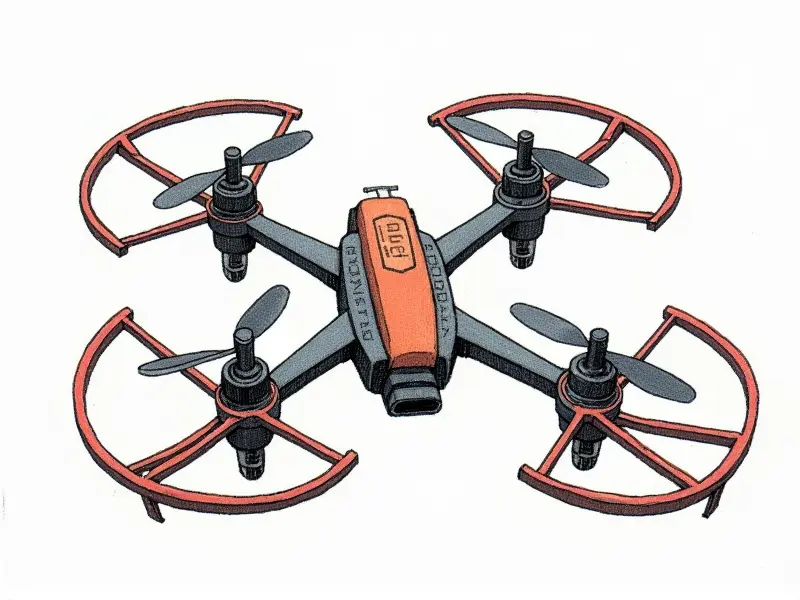Radio transmitter definition

Understanding RC Transmitters Explained
An RC (Radio Controlled) transmitter is a device used to control remote-controlled vehicles and devices such as drones, cars, boats, and aircraft. It sends signals to the receiver installed in the vehicle or device, allowing you to control its movements and functions.
How Do RC Transmitters Work?
The operation of an RC transmitter involves several key components:
- Potentiometers: These are variable resistors that allow the user to control the direction and speed of a device.
- Switches: Used for toggling between different modes or functions, such as changing flight patterns in drones.
- Antenna: The antenna transmits radio signals from the transmitter to the receiver.
The user manipulates these controls on the transmitter, which sends corresponding electrical signals through the antenna. These signals are received by a matching receiver installed in the remote-controlled device, translating them into mechanical actions.
Types of RC Transmitters Explained
There are several types of RC transmitters, each designed for specific applications:
- 2.4GHz Digital Transmitter: Offers high-speed data transmission and is less prone to interference.
- Analog Transmitter: Uses frequency modulation (FM) technology, providing reliable performance but with limited range compared to digital transmitters.
- Spektrum DSMX Transmitter: Known for its superior reliability and long-range capabilities, making it ideal for high-performance applications like racing drones.
Best Practices for RC Transmitters
To ensure optimal performance of your RC transmitter, follow these best practices:
- Maintain Clean Controls: Regularly clean the potentiometers and switches to prevent dirt from interfering with their operation.
- Battery Management: Use high-quality batteries and replace them regularly to maintain consistent performance.
- Antenna Care: Keep the antenna straight and avoid bending or damaging it, as this can affect signal strength.
RC Transmitter Range and Functionality
The range of an RC transmitter depends on several factors including frequency band, power output, and environmental conditions. Digital transmitters generally offer better range due to their ability to transmit data more efficiently compared to analog systems.
Choosing the Right RC Transmitter
Selecting the right RC transmitter involves considering your specific needs:
- Type of Device: Different transmitters are designed for various types of remote-controlled devices, such as drones or cars.
- Budget: High-end models offer advanced features but come at a higher cost. Consider what you need versus what you can afford.
- Range Requirements: If you plan to operate your device over long distances, choose a transmitter with extended range capabilities.
Essential Guide to RC Transmitters
This guide provides an overview of everything you need to know about RC transmitters, from basic operation to advanced features:
- Understanding the Basics: Learn how a transmitter works and its key components.
- Types of Transmitters: Explore different types available in the market and their unique characteristics.
- Maintenance Tips: Discover essential tips for maintaining your transmitter's performance over time.
Basics of RC Radio Transmitters
The fundamental principles behind an RC radio transmitter include:
- Frequency Band: The frequency band determines the range and interference resistance of your transmitter.
- Data Transmission: Digital transmitters use advanced protocols to transmit data more efficiently than analog systems.
- Receiver Compatibility: Ensure that your transmitter is compatible with the receiver installed in your remote-controlled device.
Beginner's Guide to RC Transmitters
If you're new to using RC transmitters, here’s a quick guide to get started:
- Learn the Controls: Familiarize yourself with the potentiometers and switches on your transmitter.
- Understand Frequency Bands: Know which frequency band is best suited for your application.
- Practice in Safe Environments: Start by practicing in open areas to get a feel for how your device responds to control inputs.
Top Tips for Using RC Transmitters
To enhance your experience with RC transmitters, consider these top tips:
- Use High-Quality Batteries: Ensure that you use batteries recommended by the manufacturer to avoid performance issues.
- Keep Antennas Straight: Avoid bending or damaging your transmitter's antenna, as this can affect signal strength and range.
- Regular Maintenance: Clean controls regularly and replace worn-out parts to maintain optimal performance.
RC Transmitter Features Demystified
Understanding the features of an RC transmitter can help you make informed decisions when choosing one:
- Data Rate: Higher data rates allow for smoother and more responsive control.
- Channel Count: More channels offer greater flexibility in controlling multiple devices simultaneously.
- Built-in Trainer Port: Useful for training new pilots or operators by allowing them to take over control temporarily.
Conclusion
Mastery of RC transmitters is essential for anyone interested in remote-controlled devices. By understanding how they work, choosing the right type based on your needs, and following best practices, you can ensure optimal performance and enjoyment from your RC experiences.

